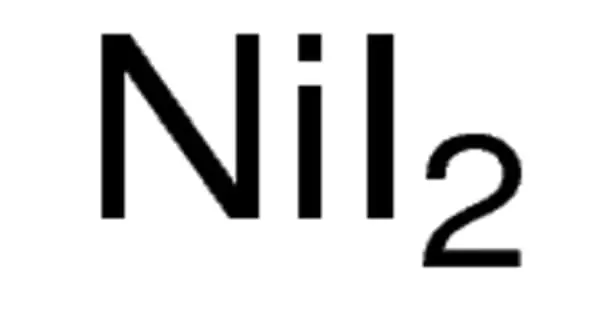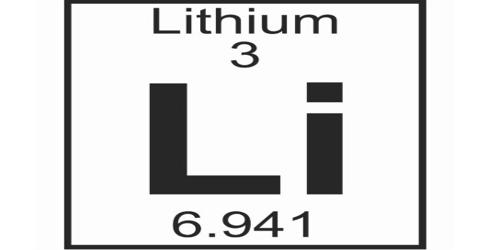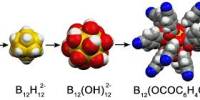The search for compounds that could be used as effective medicines for terrible diseases takes a lot of time, money, and effort, and it frequently fails. Researchers from the University of Southern California’s Dornsife College of Letters, Arts, and Sciences have developed a method for finding effective pharmaceuticals in a fraction of the time and for a fraction of the cost of current drug discovery approaches.
The research was published on December 15, 2021, in the journal Nature.
Puzzling together new, effective drug therapies
Scientists who are developing new medications are equal parts puzzle solvers and builders. They seek for chemical molecules with a precise form and size, as well as the proper features, to fit a target pocket on that protein after peering inside a cell and identifying a protein that, if modified, might help relieve or avoid disease.
Because they are frequently limited to screening only a few million existing molecules that are “in stock” from vendors, the match is often rough and inconsistent. As a result, they take a rough match, cut away some of its chemical elements, and replace them with other parts to build an “optimized” molecule that better binds to the protein target, neutralizing or turning it against the disease, much like molecular sculptors do.
This largely manual laboratory technique normally necessitates enormous resources and years of trial and error, and even then, it frequently fails to yield an effective medicine. New chemical and computer technologies, on the other hand, are ready to revolutionize the game.
Chemists initially learned how to “click” together with two or three synthons at a time to make many billions of molecules of any form and chemical feature, drawing from a pool of hundreds of thousands of chemical building blocks called synthons.
This enabled them to develop virtual catalogs of “readily available for synthesis” chemicals, dubbed “REAL Space” by chemists, that are extremely likely to contain molecules with a significantly better initial match to the protein target.
The REAL space library doubled to 21 billion compounds in just one year, and this number will combinatorially explode when it expands to molecules built with four or five synthons, not just two or three synthon molecules considered now.
Katritch
However, searching for a good initial fit in libraries of this enormous size creates a problem of its own: Making all of the chemicals and testing their fit to the target in the real world would take several lifetimes for every chemist on the planet. Even employing sophisticated computer methods to comb through the virtual pile of molecules, which is now around 20 billion and constantly expanding, is incredibly time-consuming and costly, posing a new and significant bottleneck for drug discovery.
Vsevolod “Seva” Katritch, an associate professor of quantitative and computational biology and chemistry at USC Dornsife and director of the USC Michelson Center for Convergent Bioscience, is one of them.
Katritch is part of a team of academics who created a new screening method that avoids the problem of library size by never needing to build the entire library. Instead, they interact directly with the synthons, the REAL Space library’s virtual building blocks, to quickly assemble the best molecules that meet the target.
A better, faster, cheaper way to build a drug molecule
When compared to prior algorithms for virtual screening of REAL Space libraries, the new method, nicknamed “V-SYNTHES” (short for “Virtual Synthon Hierarchical Enumeration Screening”), takes a fraction of the time and computer resources.
V-SYNTHES begins by filtering through a significantly smaller library of synthons to locate those that meet some section of the protein’s target pocket, rather than screening billions of entirely pre-built molecules.
Synthons that fit well in one portion of the pocket are “clicked” together with synthons that fit well in the other part. The researchers can synthesize whole molecules and confirm their fit in the target pocket step by step by repeating this method and adding components, considerably easing the hunt for viable medications.
To put V-SYNTHES to the test, Katritch and his team focused on cannabinoid receptors, lead by USC Dornsife postdoctoral fellow Anastasiia Sadybekov and Arman Sadybekov, previously of USC Dornsife and now of drug development business Schrodinger.
Cannabinoid receptors, which are present all over the body, are recognized for mediating marijuana’s effects, but they’re also important targets for pain alleviation and disorders including cancer, multiple sclerosis, Alzheimer’s, and Parkinson’s.
V-SYNTHES found drug-like compounds that could selectively target cannabinoid receptors more than 5,000 times faster than traditional algorithms when searching through synthon libraries developed by the chemical company Enamine.
Furthermore, when the projected drug candidates were synthesized and evaluated in the lab, the number of those that actually worked (i.e., those that effectively bound and blocked cannabinoid receptors) was twice that of the candidates proposed by typical search algorithms.
Katritch’s lab discovered even more strong chemicals that may be used in clinical settings by repeating their search for other molecules that were similar to their first round of greatest results.
“V-SYNTHES doubled our success rate and helped to find very potent drug candidates with clinically relevant binding affinities,” Katritch said.
Katritch and his team worked with Nicos Petasis, a USC Dornsife professor of chemistry and pharmacology, to further investigate V-SYNTHES utilizing another critical protein target called ROCK1, which has been related to cancer. The approach should work for any target protein with a well-characterized 3D structure that the system can assess and match to synthon combinations, according to the researchers.
Exploring the expanding chemical universe
While the current study employs V-SYNTHES to screen an 11 billion molecule version of Enamine’s REAL Space library, the researchers claim that it can theoretically be scaled up many more orders of magnitude. The speed and scalability of this new method, according to Katritch, are becoming increasingly valuable as the REAL Space molecule libraries expand in size.
“The REAL space library doubled to 21 billion compounds in just one year, and this number will combinatorially explode when it expands to molecules built with four or five synthons, not just two or three synthon molecules considered now,” he said, noting the library could expand to trillions or even quadrillions of molecules.
“This is a good problem to have, but we’ll need to be able to very rapidly and efficiently narrow the choices if we want to find viable drug candidates in this ocean of molecules,” something V-SYNTHES is designed to do, he said.
Every time another synthon is added to the mix, the cost of screening more combinations using current methods increases. V-SYNTHES, on the other hand, costs more slowly, increasing by a predetermined amount for each additional synthon.
“But there is room for improvement,” Katritch says.
While using V-SYNTHES presently necessitates a significant amount of human intervention, the team is now working to update V-SYNTHES to fully automate the process. Katritch also plans to employ V-SYNTHES to screen for treatment candidates that target other proteins linked to a number of intractable disorders, collaborating with USC and other institutions.
V-SYNTHES can also be used in the biotech and pharmaceutical industries, where expedited drug discovery can help patients who require new and improved treatments.
















